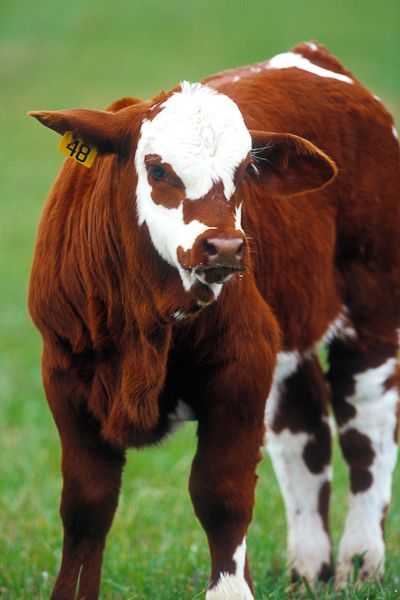
What Is Livestock Insurance?
Table of Contents
Livestock Insurance is a Centrally Sponsored Scheme which was implemented in the 100 selected districts of the country as an experiment in the 11th Five Year Plan. This scheme is being run regularly in 300 selected districts of the country.
Livestock Insurance Scheme launched to popularize farmers and livestock farmers due to the loss of animals due to death. And to tell the people about the benefits of livestock insurance. Under the scheme, domestic/hybrid milk cattle and buffaloes are insured on their maximum current market value. The premium of insurance is up to 50 percent.
A run of the mill dairy cattle proprietor in our nation is a little rancher who claims a couple of steers. Ranchers keep up livestock as a major aspect of the blended cultivating arrangement of yield and livestock generation. Standard livestock salary produced through the clearance of milk is utilized to enhance occasional cultivating pay.
Little ranchers produce about the portion of the salary from livestock and the estimation of dairy cattle demonstrates a significant level of the rancher’s cash. The demise of steers is extremely unsafe and influences the total assets and paying off the rancher. To shield the ranchers from this misfortune, the Government has made a remarkable creature protection strategy called Livestock Insurance.
The full cost of the grant is borne by the Central Government. The benefit of the grant is to get a maximum of two cattle per beneficiary for a maximum of three years policy.
NOTE:
This scheme is being implemented by the concerned State Livestock Development Board in all the states except Goa.

What is Livestock Insurance Usability?
As you already know what is livestock insurance now it’s time to know what is livestock insurance usability. Well, the Livestock Insurance Scheme is designed to provide insurance cover to indigenous and foreign cattle owned by individuals, various financial institutions, dairy farms, cooperative societies, and cooperative dairy, etc.
Recommended Articles :-
- What Is Professional Indemnity Insurance India?
- What Are The Basic Functions Of Insurance?
- How To Buy LIC Policy Online Without Agent?
- What Are The Best LIC Policy For 10 Years?
- Which Policy Gives Maximum Return In India?
- How To Find LIC Policy Number By Name & DOB?
What is Livestock Insurance Eligibility?
Indigenous / hybrid cattle and buffaloes will come under the scope of the scheme
Apart from milking and feeding buffaloes, pregnant cattle, which have given birth to at least a calf, will be included.
Such cattle that have been covered under any other insurance scheme or scheme will not be included in this scheme.
The benefit of the grant is to limit each beneficiary to 2 animals and one animal is insured for maximum of 3 years.
Farmers will be encouraged to take a policy of 3 years, which can be useful in getting the real benefit of insurance when natural disasters like floods and droughts occur.
NOTE:
However, if a farmer wants to take a policy of fewer than 3e years, then he will also be given it and he will be provided subsidy on premium for the same year after the scheme is in force.

What Is Livestock Insurance Claim Settlement Process?
In the event of the death of an animal, the immediate information should be sent to the insurance companies and the following requirements should be presented:
- Duly completed the claim form
- Received death certificate from a qualified veterinarian on the company’s form
- Post-mortem examination report if required by the company
- The ear tags must be surrendered to the animal.
- The condition of ‘no tag claim’ will be applied if the tag is not needed
If the claim remains, then within 15 days of depositing the required documents, the sum insured should definitely be paid. For the execution of claims by insurance companies, only four documents will be required, such as
- The first information report,
- Insurance policy,
- Claim form and
- Introspection report to the insurance company.
While assessing the animal, the Chief Executive Officer should ensure that the clear procedure for the settlement of the claim is made. And the list of the necessary papers should be prepared and it should be made available to the beneficiaries of the list along with the policy forms.